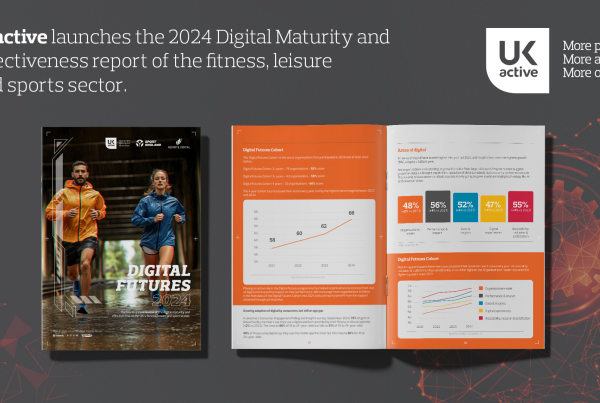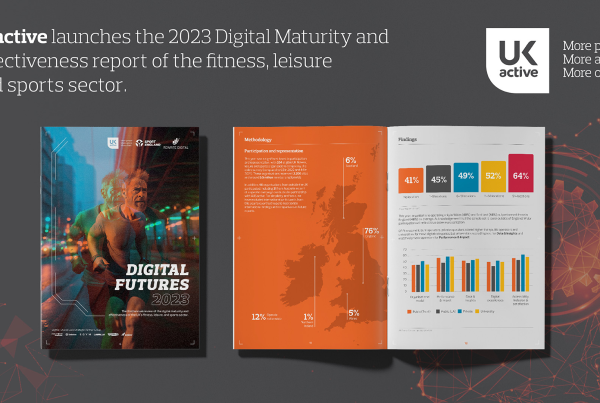Turning the tide of physical inactivity will take years, if not decades, to fully achieve. Yet in just a single year since we called for collaborative action to tackle the issue head on, as a top tier public health priority, we have made remarkable progress.
Through a strategic partnership between ukactive, Public Health England, the Local Government Association, the County Sports Partnership Network and partners, we delivered the first ever set of regional events on inactivity reaching 700 people across the country.
[emaillocker]
These events successfully brought the activity sector together with public health professionals and local government leads to discuss the provision of physical activity services at a local level based on the growing needs of the population. They will be held again early
next year ahead of the next commissioning cycle.
Beyond that, the government have launched the cross-departmental initiative “Moving More, Living More” and the “Cycling Delivery Plan”; Public Health England have established a national framework with an ambition to get “Everybody Active, Every Day”; Sport England have extended the “Get Healthy, Get Active” fund; and NHS England have specifically identified inactivity in their “Five Year Forward Review”; all of which seek to help solve the inactivity pandemic.
Local authorities have also responded positively. Despite budgetary pressures, funding cuts and the inheritance of challeniging contracts from PCTs, over the past year, they have nearly doubled the amount that they have allocated to physical activity from their public health grant. This is part of a move towards more focused preventative care and wider integration of physical activity within public health services such as health checks, smoking cessation and weight management.
As I look ahead, I have no doubt that this integration will continue to expand into different areas; with greater requirements put into leisure contracts on the delivery of specific public health outcomes; further integration between public health and adult social care in pursuit of shared health improvement independent of later life; deeper integration between clinical commissioning groups and public health teams in local authorities; and, even more integration of public health into wider policy settings such as transport, planning and education.
These developments will bring challenges and opportunities for the physical activity sector. An increase in focus and investment will bring increased expectations that investment will have an impact and that the sector can improve health and wellbeing in a measurable way. I am certain that the positive steps that we have taken in the past 12 months have been inhibited by a lack of robust, clinically relevant and academically sound evidence to show the value and importance of what thousands of organisations are delivering every day across the UK.
Can we take the next step and start proving our role and value in delivering physical activity to improve public health?
This report aims to support this transition and provide practical guidance as we have such an important part to play. We are not going to be able to solve the inactivity pandemic overnight but these are exciting times for anyone with a passion for improving the health of the nation by getting more people, more active, more often.
We hope you will continue to join us on the journey – as a member, partner, stakeholder or friend.
DOWNLOAD FULL REPORT [/emaillocker]
More People More Active More Often




